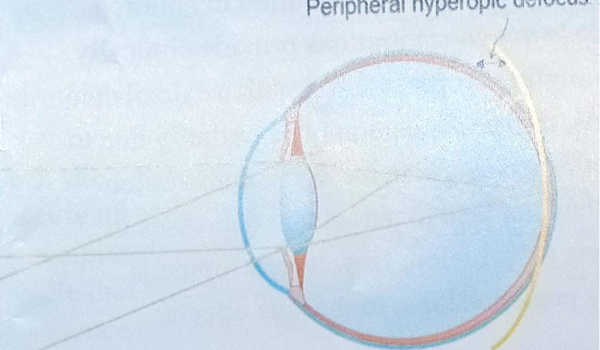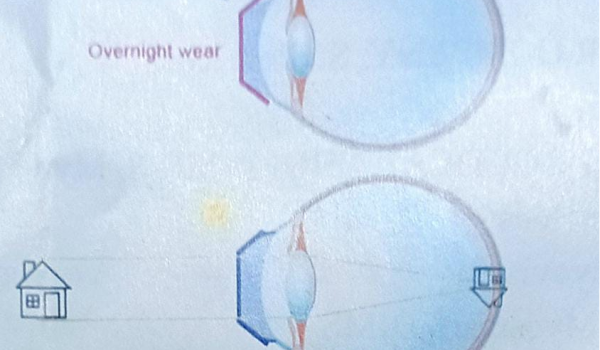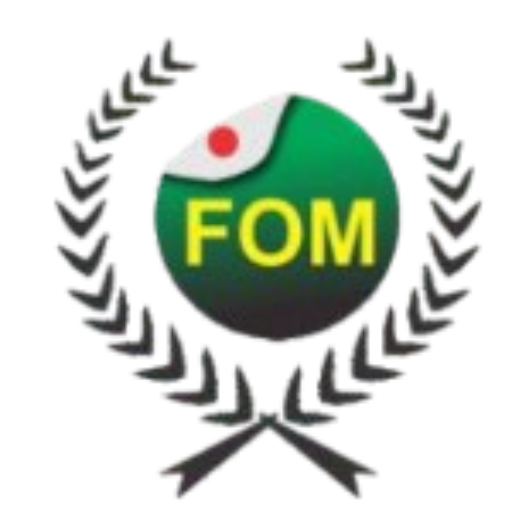MYOPIA PROGRESSION CONTROL
INTRODUCTION
Myopia is a common eye disorder affecting a high proportion of the world population.
Attention is being given towards the slowing down of myopia progression because high degrees of myopia could be a threat to sight. Some lens manufacturing companies have over the years conducted extensive researches on myopic defocus lenses and most are about 60% proven effective but till date, very few myopia control methods have been tested and proven to be 100% effective.
The most effective methods are the use of orthokeratology contact lenses, soft bifocal contact lenses, and topical pharmaceutical agents such as atropine or pirenzepine. They have been shown to slow the progression of myopia by approximately 50% with few risks.
PERIPHERAL DEFOCUS AND MYOPIA PROGRESSION
Myopic correction with single vision lenses and contact lenses have been criticized as ineffective in slowing down the degeneration of myopia over the years.
Although, the single vision or contact lenses give 20/20 central visual acuity, the peripheral acuity is severely compromised due to the elongation of the myopic eye. Myopic eyeball is long and as such peripheral light is focused incorrectly on the peripheral retina. This is called peripheral hyperopic defocus.

METHODS OF CORRECTING HYPEROPIC DEFOCUS.
1.ORTHOKERATOLOGY.
Orthokeratology (Ortho-K) or Corneal refractive therapy is the most popular method employed for myopia control. Ortho-K employs a large diameter rigid gas permeable lens to flatten the central cornea and correct myopia. The RGP is worn overnight on the eye and removed upon waking. This allow the myope to see during the day without glasses. The RGP helps to flatten the central cornea, changing the shape from prolate to oblate.
Requirements for orthokeratology:
7 years or older, -1.00 to-6.00, Myopia > Astigmatism, Cyl <-0.75 WTR central and K-readings between 41-45D.

2. TOPICAL PHARMACEUTICAL AGENTS
Atropine eye drop, a broad spectrum anti-muscarinic agent is commonly employed
in myopia progression management. The specific myopia control mechanism of Atropine is unknown but according to studies, Atropine in low concentration is very effective at reducing myopic degeneration in children. While lower concentrations provide clinically meaningful myopia control with minimal side effects, the mechanism may be partially due to temporary changes in tonic accommodation and may not lead to permanent decreases in myopia progression. However, atropine is rarely prescribed due to the side effects.
3. SPECTACLE LENSES FOR MYOPIA MANAGEMENT.
These are special design ophthalmic lenses. They have been shown to be efficient and effective in both correcting and slowing myopia progression. These lenses have dedicated additional optical power in the near vision zone that compensates for accommodative lag in the myopic eye while the upper part of the lens allows full myopia correction for far vision. These lenses can either be prismatic bifocal lenses or progressive addition lenses with an addition value and a design adapted to children’s physiology.
DIFFERENT BRANDS OF MYOPIC DEFOCUS PROGRESSIVE LENSES
-ESSILOR COMPANY: Stellest lens, Myopilux
-HONYATT OPTICAL CHINA: MR-8, Myo-intelligent lens
-ZEIS: Myovision
-HOYA: Myosmart, DIMS
CONCLUSION
There are several options currently available for the management of myopia and they can be classified according to their ability to correct and slow myopia progression during childhood:
Solutions that correct myopia but do not control its progression are: single vision ophthalmic lenses, regular contact lenses, refractive surgery
Solutions that control myopia progression but do not correct it are: time spent outdoors, atropine eye drops
Solutions that correct myopia and control myopia progression are: ophthalmic lenses with near vision addition, various multifocal contact lenses and Orthokeratology (Ortho-K).
Of all the methods studied to slow the progression of myopia, orthokeratology, Multifocal contact lenses, and myopic defocus glasses were found to be the effective, commercially available modalities.
Topical pharmaceuticals are not used frequently due to the side effects, primarily photophobia and reduced near vision and accommodation, but there is potential for myopia control with fewer side effects using lower concentrations.
Orthokeratology contact lenses and soft bifocal contact lenses slow the myopic progression of myopia in a similar manner, so the best modality should be determined by the eye care practitioner and parent based on the lifestyle of the specific child
Bifocal and multifocal spectacles is statistically significant in slowing the myopia progression, and the exhibited a clinically meaningful slowing of progression.

